Svalbard’s Global Seed Vault: Insurance for Humanity’s Future
There is many interesting aspects to Svalbard, but one of the more fascinating things is the presence of a Global Seed Vault. Read on to find out about the vault and its role in the future of humanity.

For those who are unaware, Svalbard is the name given to the archipelago that resides right at the top of any world map. Grab an atlas, find Norway, head even further north and there it is.
Not only can you visit Svalbard – there is an abundance of things to see and do there.
Snow mobiling, ATV riding, boat trips, hiking and if you’re lucky, you’ll even get a polar bear sighting (hopefully from a distance) as 3000 of the creatures are thought to inhabit the area.
For me, there were two things that I really wanted to see and do whilst there.
To cuddle as many Arctic puppies as possible and see the Global Seed Vault in the flesh.
I sort of managed to tick these two off my list (lots of dogs were petted at the very least).
Read more: What to Wear in Svalbard: An Illustrated Guide
Svalbard’s Global Seed Vault: Why It’s Special

What is the Global Seed Vault?
You can easily have been forgiven for not having heard of Svalbard’s Global Seed Vault. I hadn’t either, until a few months before I started planning my trip to the region.
There are actually around 1750 seed banks in the world, the biggest being the Millennium Seed Bank, located at Wakehurst Place in the United Kingdom and containing 80,000 seed collections.
Australia has one too, holding samples of many of the of the 25,000 plant species that can be found in the country.
Different banks have different agendas. Some exist as a way to conserve a country’s native specimens of plants, as is the case of Australia’s seed bank.
The Millennium bank’s seeds act as a safety net against species extinction in the wild.
Svalbard’s seed bank primarily houses crops from around the world and can be seen as the title of this post suggests, as insurance for all of humanity.
This is so that if there were an international crises of sorts, our species could continue to feed itself.
The seed vault is often alternatively referred to as the “Doomsday Vault”, which is equal parts catchy and bleak.
In many ways it is double insurance against worldwide catastrophes, as the vault is home to duplicate samples of seeds that are held in gene banks across the globe.
Construction on the vault began in 2006, with the Prime Ministers of Norway, Iceland, Sweden, Denmark and Finland laying the first stone.
It officially opened on the 26th February 2008.
Some 860,000 seeds are thought to be stored there, with 400-500 samples of each variety of plant.
Read more: #FLYGSKAM: Should People Be Shamed For Flying?

Why Svalbard?
Svalbard may seem like a strange place to house such a structure – the archipelago is pretty far away from near on everything.
However, there are many reasons why it was chosen as a site.
First and foremost, the vault itself is located very close to to Longyearbyen’s airport – which happens to be the northernmost airport in the world.
In this regard, access to the bank may be easy than you think.
Here are the other reasons why Svalbard is the perfect setting for the Global Seed Vault.
Political Stability
Although the archipelago technically belongs to Norway, it’s a place of political stability.
This is due largely to the signing of the Spitsbergen Treaty in 1920.
Although the treaty recognises the sovereignty of Norway over Svalbard, it doesn’t necessarily mean that Norwegian Law is the be all end all in the archipelago.
Over 40 countries signed the treaty, including Australia, the USA, the UK, China, Argentina, Lithuania and South Africa.
The signatories were given equal rights to engage in commercial activities (mainly coal mining) on the islands.
This is why both Russia and Norway were allowed to mine on the island of Spitsbergen. It’s nice when everyone gets along.
The treaty also regulates the demilitarisation of the archipelago and makes it a visa-free zone.

Natural Elements
In order to promote longevity of the seeds (which if stored accordingly can be preserved for 50 to 10,000 years), conditions within the vault must be dry, cold and dark.
The archipelago tends to be free from seismic activity, as it sits happily on the Eurasian tectonic plate.
No fault lines run through it, unlike (somewhat) nearby Iceland.
The archipelago is traditionally an Arctic desert. It snows. It doesn’t tend to rain.
This being said, it rained solidly for hours the first day we arrived there in October last year, to the bewilderment of all residents.
The fellow who was driving the bus from the airport to town (who also conveniently looked like Father Christmas) even announced to us, in the first moment we got on the bus:
“It’s raining. It should be frosty,” and then, flatly – “I don’t know what’s going on with the weather.”
That’s climate change for you, I suppose.

Permafrost
Most important is the presence of permafrost in Svalbard.
It’s a thick layer of soil, lying below the surface of a land, that remains below freezing point throughout the year no matter what the season.
Permafrost is mostly found in polar regions and has been vital in regulating the temperatures of Svalbard’s Global Seed Vault.
It is also the reason that bodies can’t be buried in Longyearbyen’s cemetery… in the Arctic North, the dead do not decompose!
Read more: Long Johns and Longyearbyen: 14 Facts About Svalbard’s Capital

Can I Visit the Global Seed Vault?
Well. Yes and no.
Visitors to the region can’t just waltz straight into the Global Seed Vault and have a nosy around.
Hey, it makes sense – you wouldn’t want to give any old Tom, Dick or Harriet access to humanity’s crop backup.
Visitors to Svalbard can take a tour of the region’s own Arctic Dome Greenhouse, which was constructed with the plan to grow greens in the Arctic North.
The greenhouse was installed by chef Benjamin Vidmar, the founder of Polar Permaculture Solutions, who was originally concerned with how much waste was being shipped back to Norway from Longyearbyen.
He aims to grow as much food locally as possible, whilst composting waste alongside it. He just might be my hero.
So, although you cannot enter the Global Seed Vault, you can check out the very cool (literally, as the temperature inside is kept at around 10˚C) Arctic Greenhouse and observe the plants that have been able to grow against all odds in the Arctic North.
You can also sample the herbs for yourself and I can tell you from experience, they taste pretty darn good. Particularly on crackers with a bit of cream cheese.
After this culinary delight, you’ll be taken to the Global Seed Vault itself.
On a good day, you’ll be able to frolic outside of the front of the Global Seed Vault, snapping as many photos of the entrance as you like.
And trust me, you’ll want to photograph it.
The entryway is a piece of public art, called Perpetual Repercussion and designed by Norwegian artist Dyveke Sanne.
The roof and the vault entrance are filled with mirrors and highly reflective stainless steel, which reflects the perpetual light in the summer months (the choice of name is starting to make sense now).
In the wintertime during the polar night, 200 fibre-optic cables light the piece a greenish-turquoise and it looks just a little bit pretty.

Not that I was able to see it in the flesh.
In what was the icing on the cake, the Global Seed Vault was off-limits for us that day, as the aforementioned rain had caused some sort of flooding inside the structure.
‘
This is obviously not ideal for the precious seeds that are housed inside.
If you do want some sort of idea of what the inside looks like, check out this report.
So, this is why the Global Seed Vault is so important for us as a race. If you’re heading to the Arctic North, I highly recommend learning a little bit more about the vault, along with the plans to make the area self-sustaining for food.
Have you been to Svalbard and longed to see the Global Seed Vault as much as I did? OR HAVE YOU BEEN UP CLOSE, IF SO I AM JEALOUS.





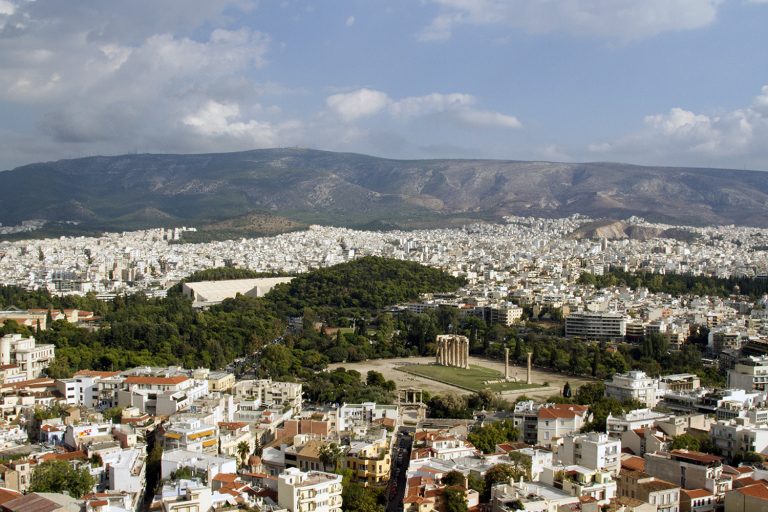
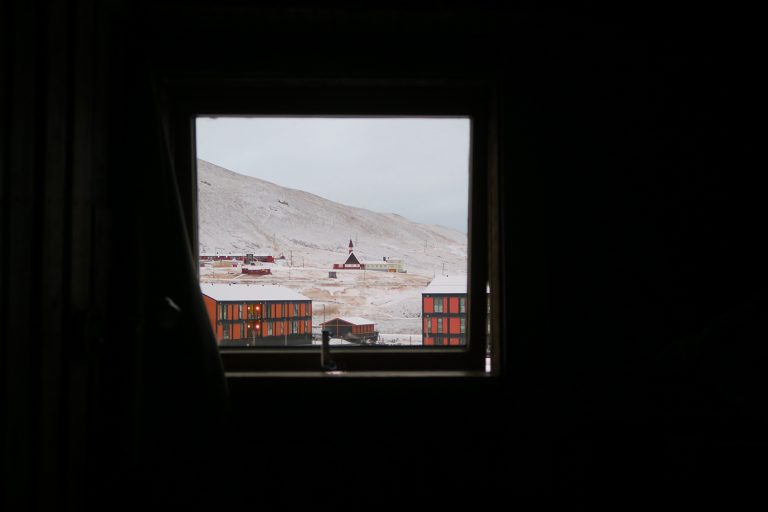
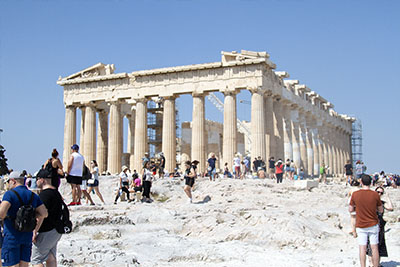
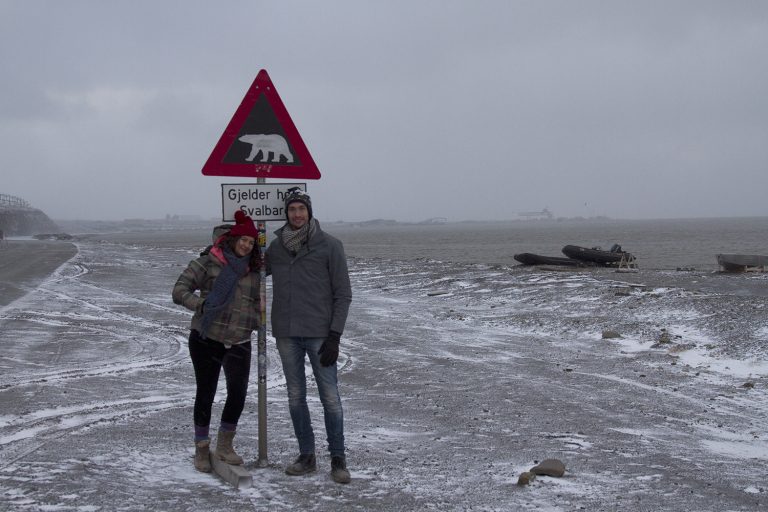
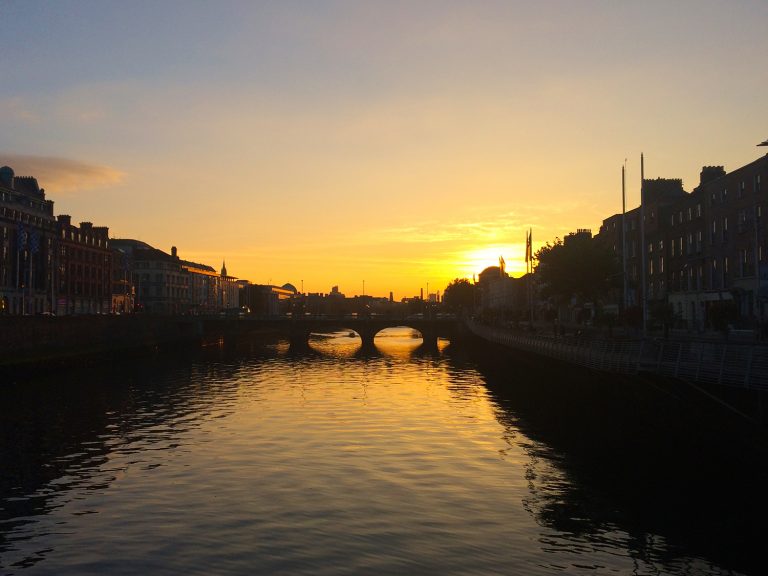
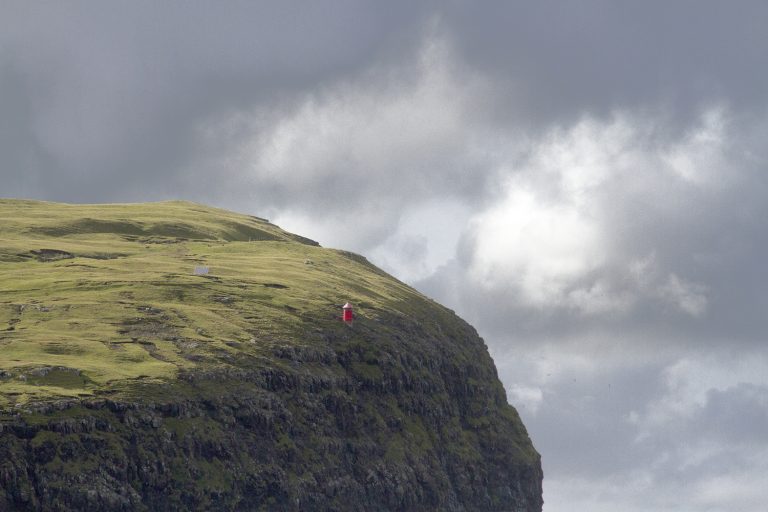
Wow, I’ve never heard of any seed bank so this was very educational! The video was really interesting; makes you wonder whether the conflict in Syria will ever end and if they then need to withdraw all their seeds and/or when they’ll ever be able to replenish their stock.
Yeah, it is! They were taken out a few months ago, so I wonder if the crop cultivation in Morocco and Lebanon has been a success. I hope so.